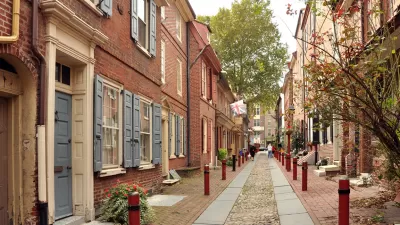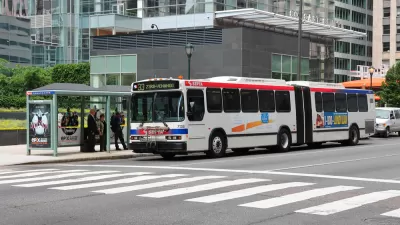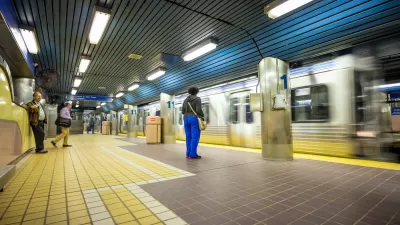We’ve all heard the question “but who will build the roads?” put to libertarians. In a recent article, Emily Washington examines historic examples of urban settings that developed without the guidance of a government.

Emily Washington starts her survey in Pennsylvania, which was without a taxation from 1684 to 1691: “One of the country’s oldest continually occupied streets is Philadelphia’s Elfreth’s Alley. It was dedicated in 1702, shortly after this period of complete anarchy and served as a route to connect local merchants’ property with the already thriving Second Street.”
Two blacksmiths, John Gilbert and Arthur Wells, owned the land where the street was built, which they donated for the street for the good of their business. “Their actions demonstrate the power of cooperation for mutual gain, but it’s also notable that streets built with donated land are likely to be narrow…”
Washington also explores Victorian England as an example of “rapid urban growth under very limited government,” which also produced very narrow roads—not the interstate highway system, Washington acknowledges, but “charming, functional streets that endure centuries.”
FULL STORY: Urbanism without government

Trump Administration Could Effectively End Housing Voucher Program
Federal officials are eyeing major cuts to the Section 8 program that helps millions of low-income households pay rent.

Planetizen Federal Action Tracker
A weekly monitor of how Trump’s orders and actions are impacting planners and planning in America.

Ken Jennings Launches Transit Web Series
The Jeopardy champ wants you to ride public transit.

Rebuilding Smarter: How LA County Is Guiding Fire-Ravaged Communities Toward Resilience
Los Angeles County is leading a coordinated effort to help fire-impacted communities rebuild with resilience by providing recovery resources, promoting fire-wise design, and aligning reconstruction with broader sustainability and climate goals.

When Borders Blur: Regional Collaboration in Action
As regional challenges outgrow city boundaries, “When Borders Blur” explores how cross-jurisdictional collaboration can drive smarter, more resilient urban planning, sharing real-world lessons from thriving partnerships across North America.

Philadelphia Is Expanding its Network of Roundabouts
Roundabouts are widely shown to decrease traffic speed, reduce congestion, and improve efficiency.
Urban Design for Planners 1: Software Tools
This six-course series explores essential urban design concepts using open source software and equips planners with the tools they need to participate fully in the urban design process.
Planning for Universal Design
Learn the tools for implementing Universal Design in planning regulations.
Ada County Highway District
Clanton & Associates, Inc.
Jessamine County Fiscal Court
Institute for Housing and Urban Development Studies (IHS)
City of Grandview
Harvard GSD Executive Education
Toledo-Lucas County Plan Commissions
Salt Lake City
NYU Wagner Graduate School of Public Service





























